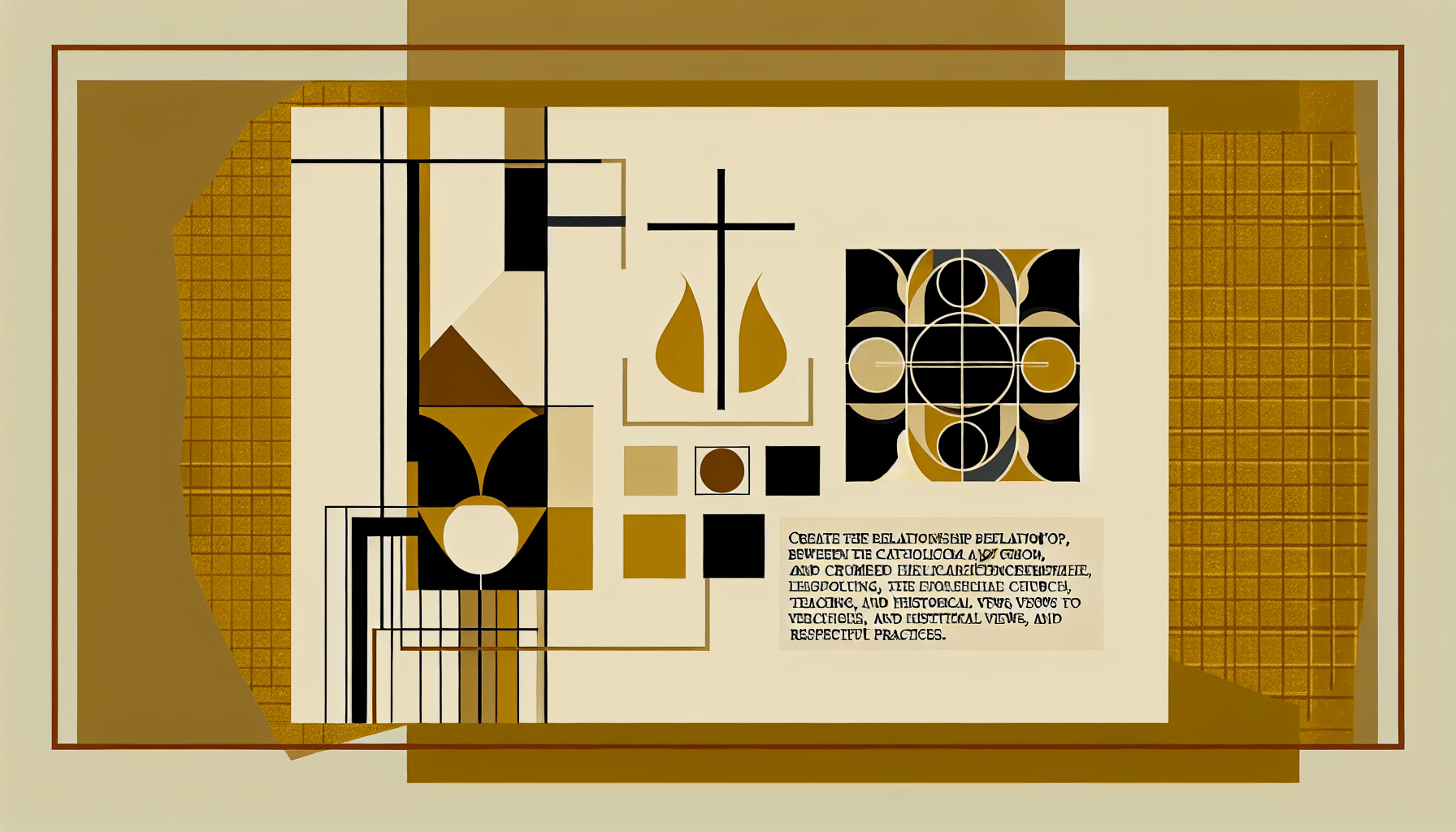The Four Sets of Rosary Mysteries: A Guide to Deepening Your Spiritual Practice
The Rosary, a beloved and powerful prayer in the Catholic tradition, consists of meditative prayer beads that guide the faithful through a series of specific prayers and reflections. Central to the Rosary are the Mysteries, which allow practitioners to meditate on the life of Jesus Christ and the Virgin Mary. In this comprehensive guide, we will explore the four sets of Rosary Mysteries, including the Joyful, Sorrowful, Glorious, and Luminous Mysteries. Understanding these mysteries not only enriches your prayer life but also enhances your spiritual journey.
What Are the Rosary Mysteries?
The Rosary’s Mysteries are narrative reflections that pair with specific prayers, facilitating a deeper contemplation of pivotal events in the lives of Jesus and Mary. Each set of Mysteries is designed to guide the user through various themes, such as joy, sorrow, glory, and enlightenment, providing a holistic experience of faith.
By incorporating the four sets of Rosary Mysteries into your prayer routine, you can cultivate a richer spiritual practice. The Mysteries encourage reflection on the stories and lessons from the Bible, strengthening your connection to your faith and the lives of the holy figures represented.
The Joyful Mysteries
The Joyful Mysteries are typically prayed on Mondays and Saturdays, inviting practitioners to reflect on the joyful events surrounding the birth of Jesus. The five Joyful Mysteries are:
- The Annunciation: When the angel Gabriel announces to Mary that she will conceive the Son of God.
- The Visitation: Mary’s visit to her cousin Elizabeth, who is pregnant with John the Baptist.
- The Nativity: The birth of Jesus in Bethlehem.
- The Presentation: Mary and Joseph bring the infant Jesus to the temple to present Him to the Lord.
- The Finding in the Temple: The moment Mary and Joseph discover Jesus teaching in the temple at the age of twelve.
Reflecting on these Mysteries encourages a sense of gratitude and joy in the blessings and miracles of life. Each moment highlights the significance of faith, love, and trust in God’s plan.
The Sorrowful Mysteries
The Sorrowful Mysteries are traditionally prayed on Tuesdays and Fridays, guiding practitioners through the events of Jesus’ suffering and passion. The five Sorrowful Mysteries include:
- The Agony in the Garden: Jesus prays in the Garden of Gethsemane, preparing for His imminent crucifixion.
- The Scourging at the Pillar: Jesus is cruelly whipped and beaten before His crucifixion.
- The Crowning with Thorns: Jesus is mocked and crowned with thorns.
- The Carrying of the Cross: Jesus carries His cross to Golgotha, enduring immense suffering.
- The Crucifixion and Death: Jesus is nailed to the cross and dies for humanity’s sins.
Engaging with the Sorrowful Mysteries allows for a profound exploration of suffering, sacrifice, and redemption. They serve as a reminder of Christ’s love and willingness to endure hardship for our salvation, encouraging believers to find strength and hope during their own struggles.
The Glorious Mysteries
The Glorious Mysteries, which are typically prayed on Wednesdays and Sundays, invite practitioners to reflect on the joy and triumph that comes after Jesus’ resurrection. The five Glorious Mysteries are:
- The Resurrection: Jesus rises from the dead on Easter Sunday.
- The Ascension: Jesus ascends into heaven, promising the Holy Spirit to His disciples.
- The Descent of the Holy Spirit: The Holy Spirit arrives at Pentecost, empowering the apostles.
- The Assumption of Mary: Mary is taken body and soul into heaven.
- The Coronation of Mary: Mary is crowned as Queen of Heaven and Earth.
These Mysteries focus on the themes of hope, victory over sin and death, and the promise of eternal life. They encourage believers to celebrate the assurance of God’s love and the ultimate victory of life over death.
The Luminous Mysteries
In 2002, Pope John Paul II introduced the Luminous Mysteries, which are prayed on Thursdays. They highlight significant events in Jesus’ public ministry, revealing His divine identity and calling. The five Luminous Mysteries include:
- The Baptism of Jesus: Jesus is baptized by John in the Jordan River, marking the beginning of His ministry.
- The Wedding at Cana: Jesus performs His first miracle by turning water into wine, showing His compassion and divine power.
- The Proclamation of the Kingdom: Jesus preaches about the Kingdom of God, calling for repentance and faith.
- The Transfiguration: Jesus is transfigured on the mountain, revealing His divine glory to Peter, James, and John.
- The Institution of the Eucharist: Jesus establishes the sacrament of the Eucharist during the Last Supper, leaving a lasting gift for His followers.
The Luminous Mysteries shine light on Jesus’ mission and ministry, highlighting moments that illustrate His identity as the Son of God. These reflections encourage believers to ponder Christ’s message and how it can be applied in their lives today.
How to Pray the Rosary with the Mysteries
To fully embrace the structure of the Rosary and its Mysteries, follow these steps:
- Begin with the Sign of the Cross: Start by making the Sign of the Cross and reciting the Apostles’ Creed.
- Pray the Our Father: On the first large bead, recite the Our Father.
- Pray the Hail Mary: On the three small beads, pray a Hail Mary for each bead, reflecting on personal intentions.
- Announce the Mystery: Before each decade, announce the specific Mystery you will meditate on.
- Pray ten Hail Marys: As you count the ten small beads of each decade, reflect on the corresponding Mystery.
- Conclude with the Glory Be: Finish each decade with the Glory Be and the Fatima Prayer if desired.
- Continue for all five decades: Repeat the process until all five Mysteries have been prayed.
- End with the Hail Holy Queen: After completing the Rosary, conclude with the Hail Holy Queen prayer and make the Sign of the Cross once again.
This structured method of praying the Rosary not only reinforces your connection to the Mysteries but also fosters a tranquil state of reflection.
Conclusion
Engaging with the four sets of Rosary Mysteries provides a rich tapestry of meditation and contemplation that deepens one’s faith. By exploring the Joyful, Sorrowful, Glorious, and Luminous Mysteries, you can create a more meaningful prayer life. Each set of Mysteries invites you to reflect on significant events in the lives of Jesus and Mary, enriching your spirit and enhancing your understanding of the Catholic faith.
As you incorporate these Mysteries into your daily life, you’ll find deeper connections to your spirituality and a renewed sense of purpose in your relationship with God. Whether you choose to pray the Rosary daily or weekly, the Mysteries serve as a guiding light to help you navigate your spiritual journey, encouraging you to find peace, hope, and joy amidst life’s challenges. Embrace the richness of the Rosary and witness transformation in your spiritual practice today!
For newcomers or seasoned practitioners alike, the Rosary can serve as a powerful tool for reflection and devotion. Dive into the four sets of Rosary Mysteries and discover the profound impact they can have on your faith and daily life.









